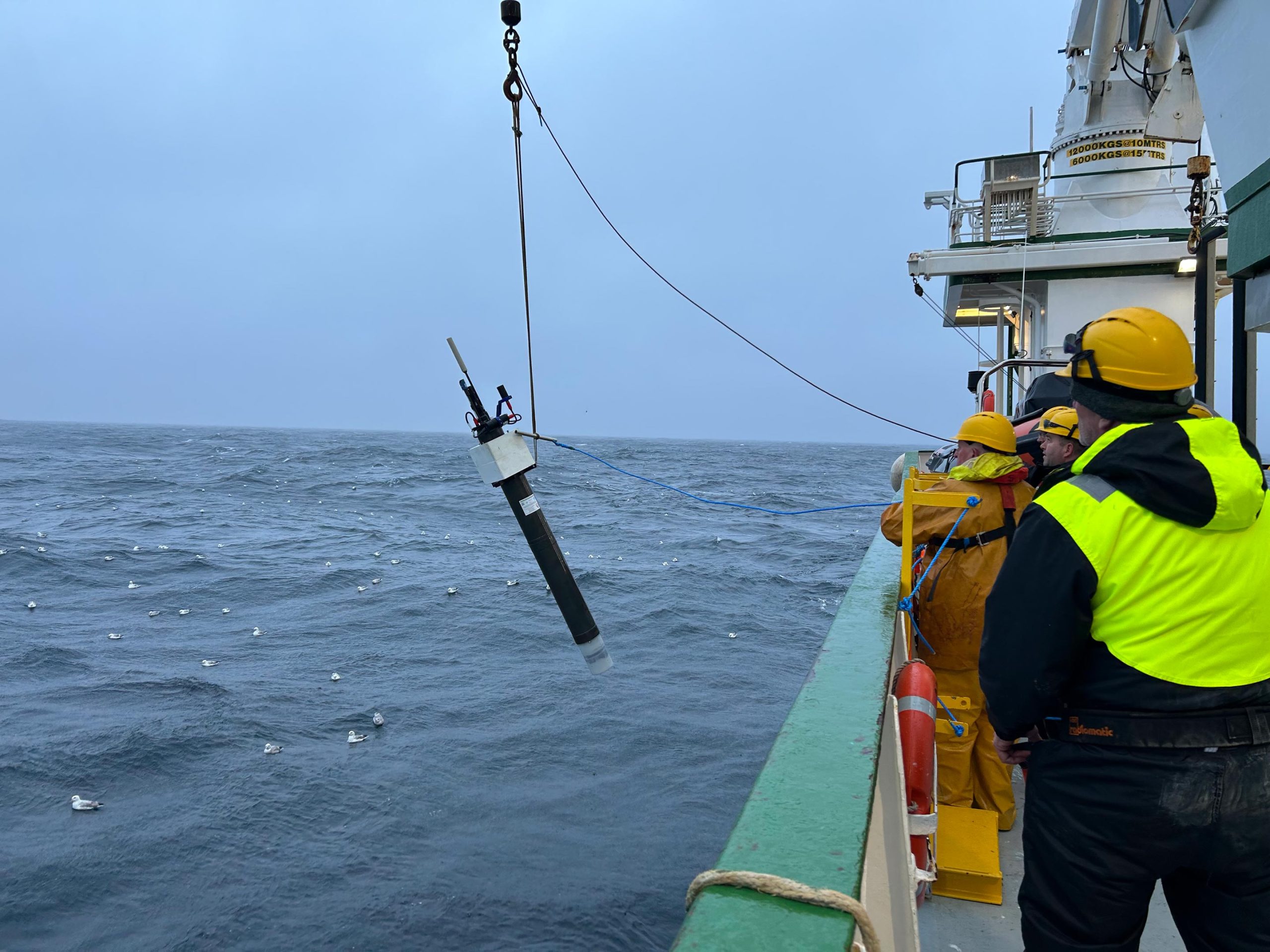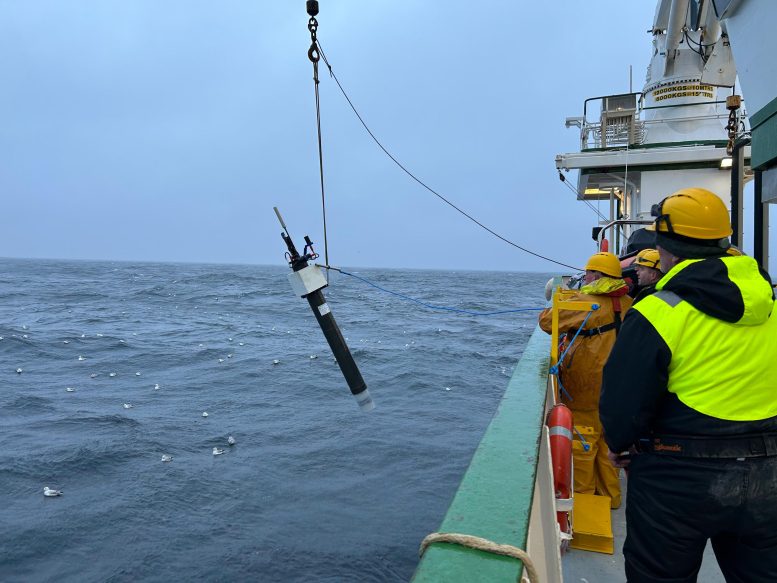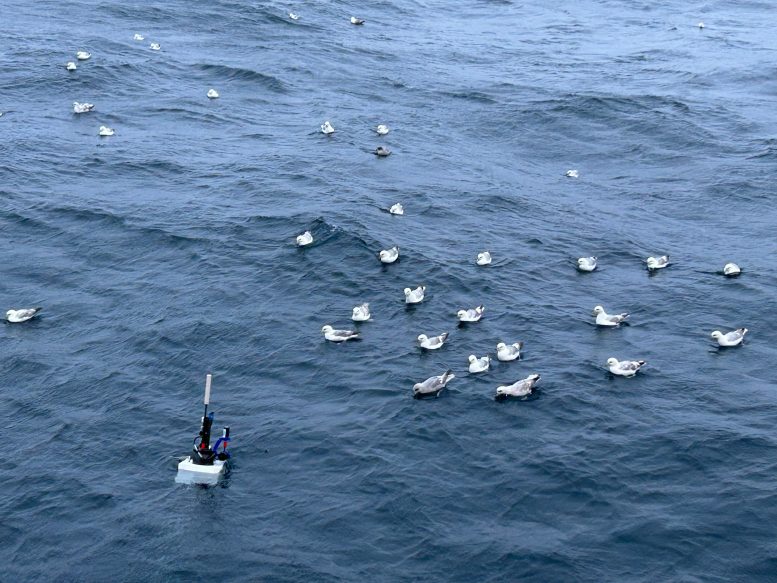

Researchers calculate phytoplankton biomass on Earth: About 346 million tonnes or around 250 million elephants.
Using data from BGC-Argo floats, scientists have mapped the global distribution of phytoplankton carbon biomass, totaling approximately 314 Tg C. This approach reveals that traditional satellite methods, focusing only on surface chlorophyll, significantly underrepresent the total biomass, particularly subsurface layers, and misjudge the seasonal peak times in much of the oceans.
Marine phytoplankton play a crucial role in Earth’s ecology and biogeochemistry. Traditionally, our understanding of large-scale phytoplankton biomass dynamics has come from satellite-based ocean color observations, which estimate chlorophyll-a (Chla) as a proxy for carbon biomass. However, satellites can only capture surface data, leaving subsurface phytoplankton largely unmonitored. Additionally, Chla is an imperfect measure of carbon biomass, as variations in cellular physiology cause the Chla-to-carbon ratio to fluctuate significantly.
The global Biogeochemical (BGC)-Argo float network now complements satellite data by addressing these gaps. This study used approximately 100,000 water-column profiles from BGC-Argo to map Earth’s phytoplankton carbon biomass and its variations across time and space. Researchers estimate a global open ocean phytoplankton biomass of roughly 314 Tg C, with nearly half occurring at depths beyond satellite detection. Comparing seasonal cycles of carbon biomass and surface Chla, investigators found that surface Chla fails to accurately capture peak biomass timing in about two-thirds of the ocean.

This study demonstrates the feasibility of global, depth-resolved monitoring of phytoplankton, a critical step toward better understanding climate-related changes and assessing the potential impacts of geoengineering interventions on ocean ecosystems.
Reference: “Carbon-centric dynamics of Earth’s marine phytoplankton” 28 October 2024, Proceedings of the National Academy of Sciences.
DOI: 10.1073/pnas.2405354121